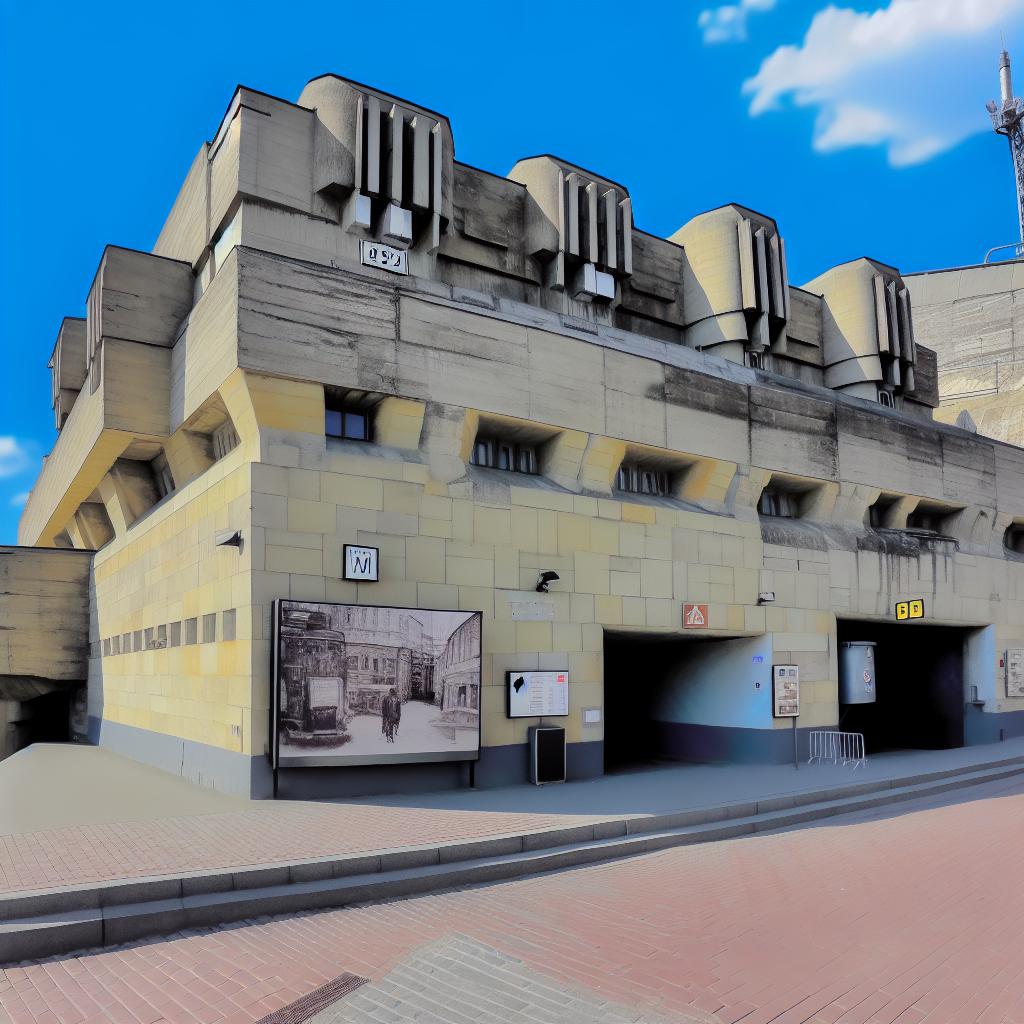Bunker-42: A Glimpse into Cold War History
Located in the heart of Moscow, Bunker-42 provides visitors with a distinctive view into the pivotal era known as the Cold War. This historical museum is strategically nestled 65 meters beneath the surface and was originally crafted as an integral part of the Soviet Union’s defensive approach during one of the most tense and uncertain periods in modern history. Today, it stands as a monumental reminder of an age characterized by espionage, nuclear armaments, and the relentless threat of an unprecedented global conflict.
The Construction of Bunker-42
In 1956, a significant year post-World War II marked by rising tensions between superpowers, Bunker-42, also referred to as the Tagansky Protected Command Point, was constructed. This formidable structure was engineered to withstand any conceivable nuclear attack, a testament to the fears and realities of the time. Spanning more than 7,000 square meters, the bunker is ingeniously connected to the Taganskaya metro station, enabling discreet and secure access for its occupants during periods of operation. The facility was built using reinforced concrete, a standard approach aimed at ensuring maximum durability and protection, signifying its intended role as a command center for the Soviet military in case nuclear war erupted.
The Layout and Features
The internal architecture of Bunker-42 reflects the functional and pragmatic design typical of Soviet military structures during the Cold War era. Its interior is a labyrinth of tunnels and chambers, each serving specific purposes that were crucial to its operational role. Visitors to the museum today can walk through these corridors and explore the various sections, which include communication hubs, living quarters, and command posts. One of the most noteworthy features of the bunker is its individual air-filtration system, paired with artificial climate regulation systems, which ensured that the facility could remain operational independently in completely sealed conditions, regardless of the outside environment or potential nuclear fallout.
Exhibitions and Tours
Now operating as a museum, Bunker-42 offers guided tours and exhibitions that illuminate the daily lives of its former occupants and provide a broader understanding of the Cold War context. Visitors have the opportunity to learn about the evolution and development of nuclear technology, the strategic theory of mutually assured destruction, and the espionage activities synonymous with the era. Such educational experiences are further enriched by the museum’s website, which offers detailed information about available tours, special exhibitions, and upcoming events.
Many of the tours incorporate interactive components, allowing guests to physically engage with replicas of the period-specific equipment and to take part in scenarios that simulate those confronted by military personnel during the Cold War. These interactive sessions provide an expansive view of the decision-making processes and the constant high-stakes environment faced by those tasked with the protection and strategic planning of the Soviet Union during perhaps one of the most volatile periods in recent history.
The Importance of Bunker-42 Today
As a historical landmark, Bunker-42 is a powerful and poignant reminder of a contentious but significant chapter in world history. It offers a deep dive into the Cold War’s profound impact on global politics and sheds light on the extensive preparations both superpowers undertook to both prepare for and avert nuclear conflict. The museum plays a vital role in preserving this rich history through its meticulously curated exhibits that serve both to inform and educate. It presents a critical examination of the complexities of international relations during the mid-20th century, thereby continuing to impart essential historical insights to all who visit.
In conclusion, Bunker-42 stands as more than just a fascinating destination for history buffs. It is a critical educational resource that highlights the importance of preserving history and reinforcing the lessons that can be gleaned from past geopolitical tensions. Through the lens of the museum’s myriad exhibits and immersive experiences, visitors gain not only a deeper understanding of the Cold War but also a nuanced appreciation of the delicate balance that has shaped modern international relations.

